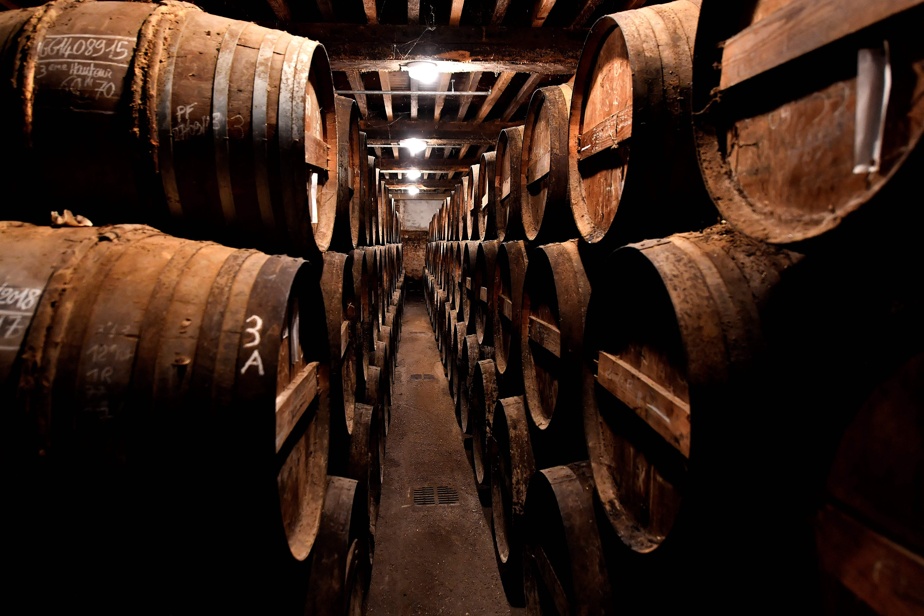(Bordeaux) In the Cognac region, exports fell by 22.2% in 2023 and some producers of the famous eau-de-vie feel “caught by the throat”, but the inter-professional association speaks of a “planned” drop. and still refuses to talk about a crisis.
As the Chinese New Year approaches on Saturday, a good trend indicator in Asia, the second largest market behind the United States, the sector is on alert.
“There is no cognac crisis,” reassures Raphaël Delpech, director general of the National Interprofessional Spirits Bureau (BNIC).
However, exports fell to 165.3 million bottles in 2023 instead of 212.5 million in 2022 (which had already seen a slight decline of 4.8% compared to 2021), according to BNIC figures.
The reasons for this decline are multiple. The image of alcohol has deteriorated and consumption is falling in Europe, as with all wines and spirits, explains Jean-Marie Cardebat, professor at the University of Bordeaux and specialist in wine economics.
“The reasons are less structural than cyclical,” he explains. “Cognac exports have never returned to the progression curve before (the epidemic of) COVID-19. Furthermore, with inflation, consumers are doing without spirits, a social marker, to concentrate on essential products. »
The geopolitical aspect also played a role. The anti-dumping investigation launched at the beginning of January by China against European brandies “is a threat, but for the moment it has no impact”, according to Raphaël Delpech. Exports to Asia thus increased by 14.8% in 2023.
It is in the United States that sales are plummeting (-45.4%), because retailers have not finished selling off stocks made during the pandemic.
“We are at a turning point”
This general decline must be put into perspective, because it is indexed to the figures for 2022, the third best year for at least thirty years in terms of bottles exported.
But producers in this region of southwest France are already feeling the effects. “People can be caught by the throat, but that’s not the majority,” estimates Bertrand De Witasse, manager of the Raison Personnel house. The latter, for example, reviewed its cash flow and adapted its investments.
Like producers or coopers, several related professions in the world of cognac are affected.
The order book for Verallia, the European leader in glass packaging, has fallen by a third.
“We are at a turning point. We squeeze our buttocks. We don’t know if this decline will last six months, a year, two years… But I’m not worried. It is not yet a crisis, we are rather at a turning point. And we’ll see what we find at the exit,” adds the manager of Raison Personnel.
Resumption at the end of 2024?
Could this decline be avoided? According to the BNIC, the first indicators of the decline arrived in the summer of 2022. It was therefore “planned and expected”. However, investments continued unabated and the surface area of plots increased by 25% in seven years.
“We set out to follow a business plan that doubled, and here we are in the process of dividing our figures by two,” points out Bertrand De Witasse.
Have the winegrowers let themselves get drunk? It is too early to tell. “We don’t have a crystal ball,” smiles Jean-Marie Cardebat.
The academic evokes a recovery at the end of the year. “And the consumption of spirits being directly linked to purchasing power, exports should rise simultaneously,” he predicts.
“We expect a year of ups and downs, we remain cautious,” moderates Florent Morillon, elected president of the BNIC in November, who nevertheless senses “a slight tremor in the United States”.
The industry believes it sees the end of the tunnel. Despite the floods which disrupted its distillation in December, the 2023 harvest is the largest in volume in 30 years.
It is already nicknamed “the harvest of the century” by Bertrand De Witasse. “Cognac will always work. The question is: in what proportions? », he concludes.
